Best Fishing Rods and Reels for Catching Tuna
When it comes to catching tuna, having the right fishing rod, reel and line is key to a successful day on the water. Tuna are large and powerful fish that require a sturdy and strong rod to handle the fight. Here are some of the best options for catching tuna:
Tuna fishing can be a thrilling and challenging experience, requiring anglers to have the right equipment to handle these large and powerful fish. When choosing a fishing rod for tuna, there are several factors to consider, including the size of the fish you are targeting, the type of fishing you will be doing, and your personal preference.
Good Tuna Fishing Rods
- Conventional Tuna Fishing Rods: Conventional rods are a popular choice for trolling, which is a common method for catching tuna. These rods are typically 6-8 feet in length and are made from high-quality materials such as graphite or fiberglass. They are strong and durable, making them ideal for handling the powerful strikes and runs of tuna. Conventional rods also have a sensitive tip that allows anglers to feel even the slightest bite.
- Spinning Rods for catching tuna: Spinning rods are a versatile option that can be used for both trolling and casting. They are typically 6-7 feet in length and are made from graphite or fiberglass. Spinning rods are lightweight and easy to handle, making them a good choice for anglers who want to fish for extended periods without experiencing fatigue. They also have a sensitive tip that allows anglers to feel the slightest bite.
- Stand-Up Tuna catching Rods: Stand-up rods are designed for fighting big fish such as tuna. They are typically 7-8 feet in length and are made from graphite or fiberglass. They are designed with a long handle that allows anglers to keep their balance during the fight. Stand-up rods are lightweight and easy to handle, making them a good choice for anglers who want to fish for extended periods without experiencing fatigue. They also have a powerful backbone that can handle the powerful strikes and runs of tuna.
Good Reels for Tuna Fishing
When it comes to tuna fishing, having a good reel is just as important as having a good rod. The right reel can make all the difference in landing a big tuna. Here are some of the best reels for tuna fishing:
- Conventional Tuna Reels: Conventional reels are a popular choice for trolling and are designed to handle the large and powerful fish like tuna. They come in various sizes and have a high line capacity. Conventional reels also have a powerful drag system that allows anglers to control the fish during the fight.
- Spinning Reels for Tuna Fishing: Spinning reels are a versatile option that can be used for both trolling and casting. They come in various sizes and have a high line capacity. Spinning reels also have a smooth drag system that allows anglers to control the fish during the fight.
- Lever Drag Reels for Tuna Catching: Lever drag reels are designed for big game fishing, including tuna. They have a powerful drag system and a high line capacity. Lever drag reels also have a smooth drag system that allows anglers to control the fish during the fight.
When choosing a reel for tuna fishing, it is important to consider the size of the fish you are targeting, the type of fishing you will be doing, and the weight of the line you will be using.
Fishing Line or Braid for Tuna Fishing
The type of line or braid you use when fishing for tuna is also an important factor to consider. Here are some options:
- Monofilament Line for Tuna Fishing: Monofilament line is a popular choice for tuna fishing. It is versatile, affordable, and has a good knot strength. Monofilament line also has a good stretch, which can help absorb the shock of a tuna’s powerful strikes and runs.
- Braided Line for Catching Tuna: Braided line is a strong and durable option for tuna fishing. It has a high breaking strength and is ideal for use
When choosing a line or braid for tuna fishing, consider the size of the fish you are targeting, the type of fishing you will be doing, and the strength of the line.
In conclusion, when fishing for tuna, having the right equipment is essential. Consider the size of the fish you are targeting, the type of fishing you will be doing, and your personal preference when choosing a rod, reel, and line or braid.
Happy fishing =)
Stay tuned for more tips and tricks on How To Catch Tuna.
 Penn Tuna Fishing Rod & Reel Combo
Penn Tuna Fishing Rod & Reel Combo Penn Tuna Spinning Fishing Reel
Penn Tuna Spinning Fishing Reel Saltwater Fishing Rod Carbon Fiber
Saltwater Fishing Rod Carbon Fiber PENN Lever Drag Conventional Fishing Reel
PENN Lever Drag Conventional Fishing Reel Penn Spinning Fishing Reel
Penn Spinning Fishing Reel Okuma Trolling Reel
Okuma Trolling Reel Braided Fishing Line
Braided Fishing Line Braided Fishing Line
Braided Fishing Line Super Strong Braided Fishing Line
Super Strong Braided Fishing Line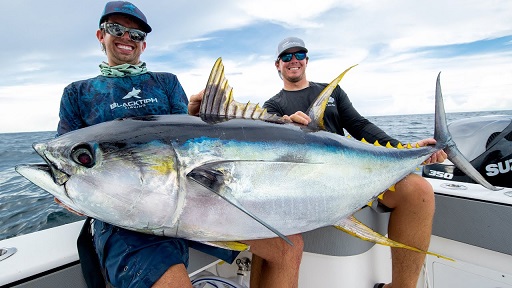
 Shimano Trinidad Reels
Shimano Trinidad Reels Fishing Reels
Fishing Reels Cedar Plugs Tuna Fishing Lures
Cedar Plugs Tuna Fishing Lures Blue Fly Fish Saltwater Trolling Fishing Lures
Blue Fly Fish Saltwater Trolling Fishing Lures Saltwater Trolling Lure for Tuna
Saltwater Trolling Lure for Tuna Stainless Steel Fishing Leaders
Stainless Steel Fishing Leaders Fishing Rod Holder
Fishing Rod Holder Lures Bait Rig Or Hooks
Lures Bait Rig Or Hooks


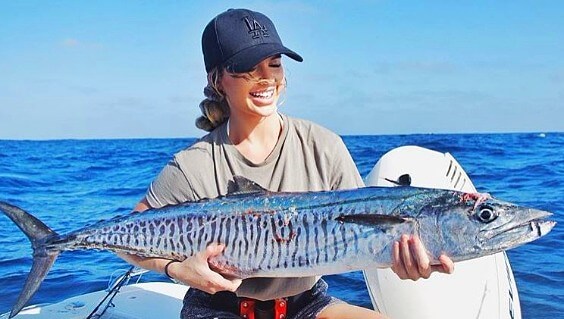
 Fishing Pliers and Knife Combo
Fishing Pliers and Knife Combo View Best Tuna Fishing Lures
View Best Tuna Fishing Lures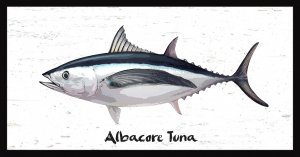
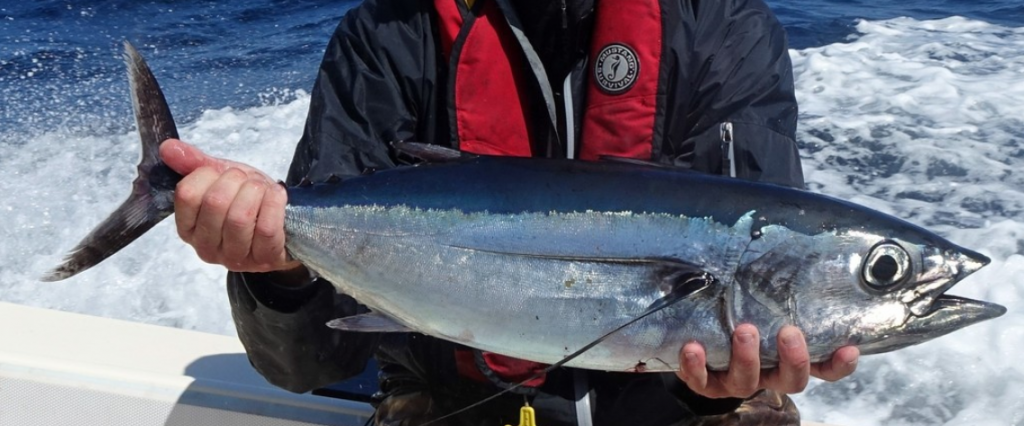

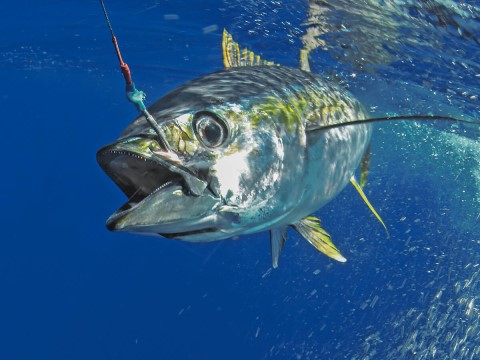
 Chum Bag
Chum Bag  Fishing Bait Bag
Fishing Bait Bag 3pcs Bait Bag Chum Bucket
3pcs Bait Bag Chum Bucket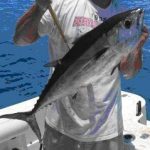
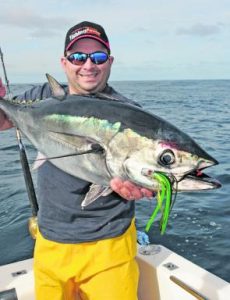
 Rigged Trolling Flexi Spreader Bar Topwater
Rigged Trolling Flexi Spreader Bar Topwater 36″ Skipjack Hybrid UV 8″ Blue & Pink Mackerel Baits
36″ Skipjack Hybrid UV 8″ Blue & Pink Mackerel Baits Mini Spreader Bar
Mini Spreader Bar